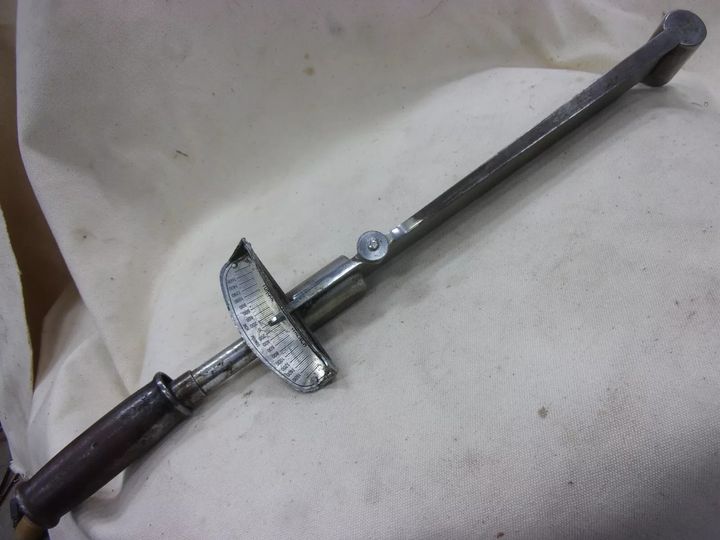History
The torque wrench, crucial in mechanics and engineering, emerged in the early 20th century. Conrad Bahr, an American engineer, invented it in 1918 to meet the demand for precise fastening. His creation aimed to handle the complexity of machinery and provide exact torque specifications for optimal performance and safety.
Initially a simple, mechanical device, the torque wrench swiftly gained traction across various industries, including automotive and aerospace. Its ability to apply a specific amount of torque made it vital for maintaining the integrity of critical components.
Usage
The vintage torque wrench, like modern versions, applies a precise amount of torque to nuts and bolts. This accuracy is essential in automotive repair, machinery assembly, and structural work. By preventing over-tightening and under-tightening, it ensures the longevity and reliability of connections.
Early models used beam or spring mechanisms to measure torque. The beam-type featured a scale and pointer, while the spring-type employed a calibrated spring. Both required manual calibration and adjustment, making them less convenient than today’s digital models.
Legacy
The vintage torque wrench holds a prominent place in mechanical tool history. Its invention marked a significant leap in engineering precision and safety. These early models paved the way for advanced torque measurement technologies, such as click-type and digital wrenches.
Despite technological advancements, vintage torque wrenches remain cherished by enthusiasts and collectors. They symbolize the ingenuity of early engineering and continue to influence modern torque wrench design. Thus, their legacy endures in the precision tools we use today.

Leave a Reply